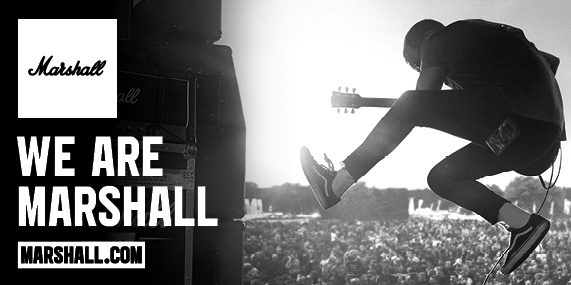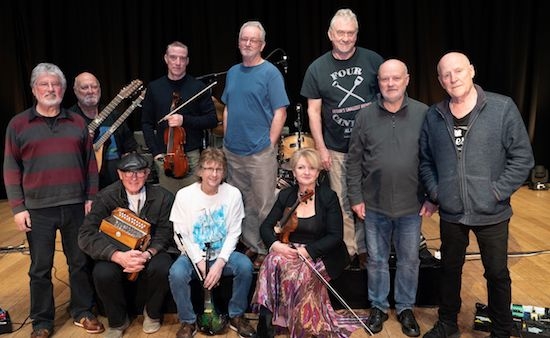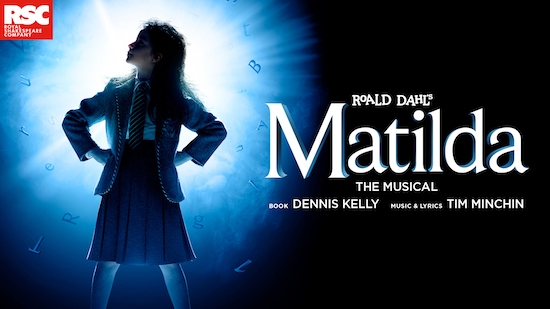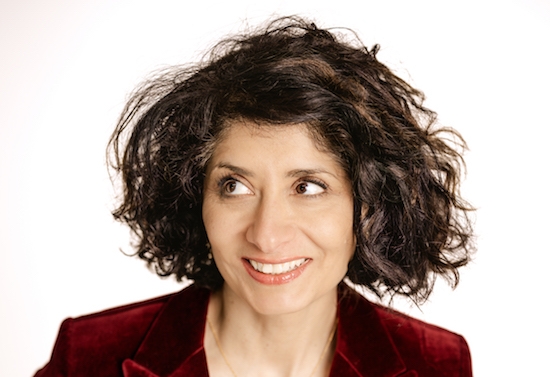Thirty-seven years doing a job you get paid for would seem like hard labour for many.
So imagine giving your time free of charge for 37 years. It would take a pretty remarkable person, and an equally remarkable place.
And that is how Bryan Egan sees Milton Keynes Museum.
Bryan, 81 years young, has been rolling up his sleeves and getting stuck in since the early days.
“I was on the committee that thought about having a museum,” he says, “But though I didn't join then, I would lend a hand...”
When the museum began it occupied only a small part of Stacey Hill Farm, the property it has now claimed as its own.
It actually began in the cow shed, with the main quarter occupied by writers, artists and new town planners.
“...as they shrank, we grew and took over the spare bits,” Bryan said.
Milton Keynes was a very different place then – only a few years old, and with few of the features the city is known for today.
John Dankworth and Cleo Laine were here, working hard to bring music to the region, but really, times were quiet and leisure activities few.
When the museum opened its doors to the public for the odd weekend here and there, word quickly spread, no doubt thanks to the work Bryan's wife Pam put in, working as publicist for the history hub.
During one weekend, more than 1000 people showed up!
One of the first items of note through the doors and into the museum was an Akroyd Stuart Diesel Engine from the 1800s.
In those days, it wasn't unusual to find gifts at the farm gates.
“As farms shut down, farmers would dump their stuff at our gates,” Bryan recalls, “We'd take what we wanted and make use of it.”
Before too long, a nice selection of historical wares were forming and by the 1980s schools began to visit the site for educational sessions about life in days gone by.
Things were going well, but on January 1, 1996, the museum was lit up for all the wrong reasons – arsonists set fire to the premises, sweeping through the threshing barn and cowshed, which both dated back to the 1850s.
The contents of the buildings were lost or severely damaged.
It was a tragedy, but not enough to break the will of those protectors of local history: “It was bad, but everyone simply rolled our sleeves up and got going again.”
These days, Bryan is usually found on site on a Saturday, checking that everything is so-so, greeting visitors and sharing the stories behind the building, its contents and its greater history – everyone knows that John Radcliffe is a hospital in Oxford, but it was Dr John Radcliffe who bought the estate the museum sits on, in 1713, during his tenure as MP for Buckingham.
“People never know who Dr John Radcliffe is,” Bryan says, although he is happy to spread the word of the significant figure: “He was one of seven boys with a brilliant brain. In the late 1600s people of his ilk didn't traditionally go to Oxford University, that was reserved for the well-to-do.
“But his talent was recognised, and he did study there.”
Bryan can recall when our famous concrete cows first moo-ved in. A symbol of our new city, he remembers artist Liz Leyh making them in the area that now serves as the Victorian school room!
As you explore the museum you'll find plenty of evidence of Bryan's input.
He restores brasses in Churches, and the brass rubbings are his. He specialises in metals too, and is often tinkering with something.
If an old oil lamp needs repairing, it'll be Bryan to the rescue.
Oh, and he stripped the parlour and created the Edwardian Kitchen.
“I like the 1840s period,” he says, “ The country and engineering moved forward then, it was a time of real progression.”
And progression is a word very much at the fore of MK Museum now, with ambitious plans to expand the site into 'the best museum in the country.'
Bryan is thrilled: “I think it's marvellous, if you didn't have history, you would have nothing to refer back to.
“The museum is lively now and the expansion will make it even more lively and hands-on. We've got to look forward to look back...”
Visit MK Museum:http://www.miltonkeynesmuseum.org.uk/


















